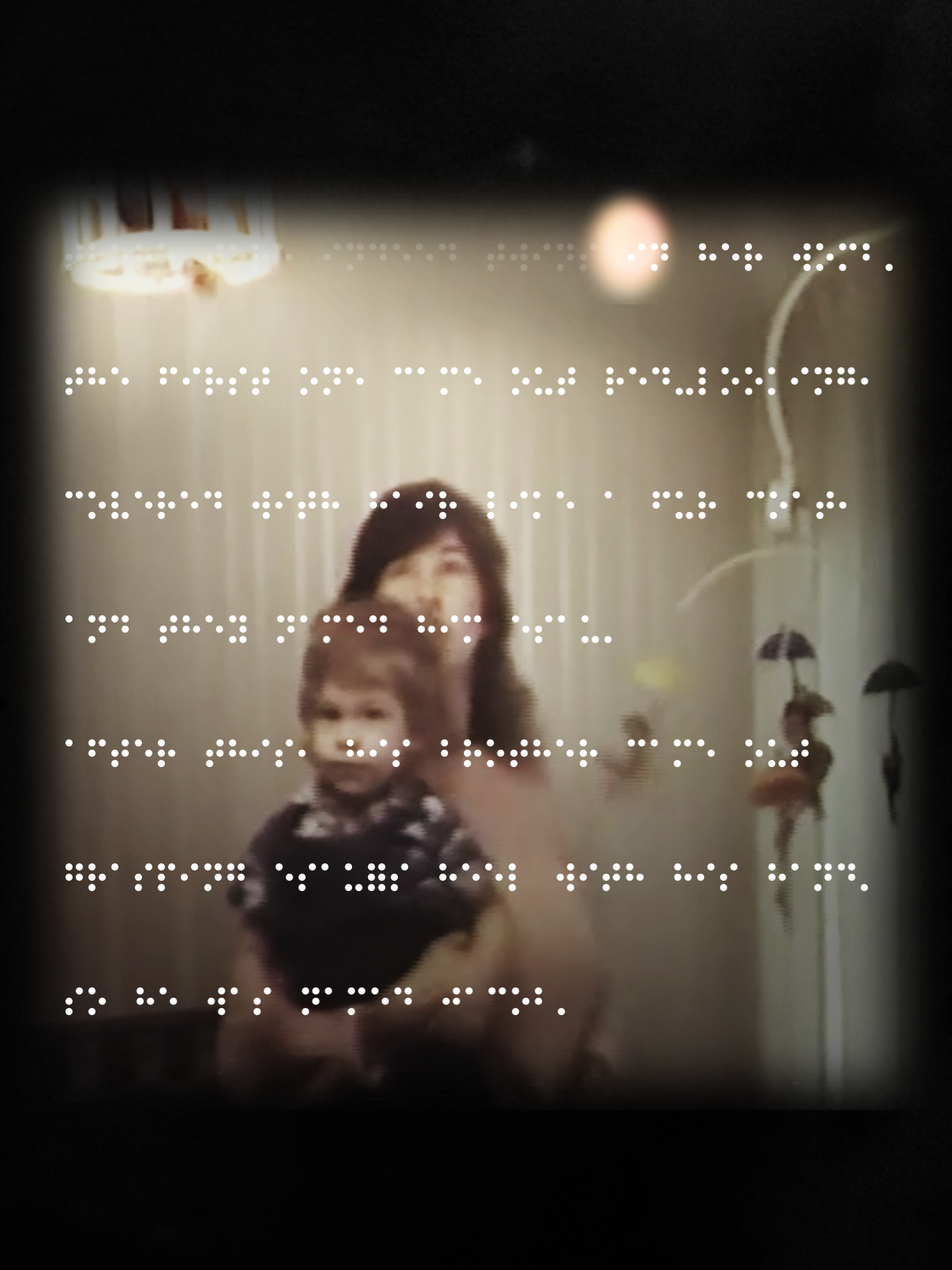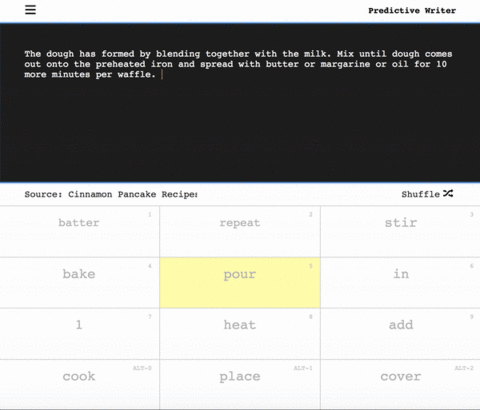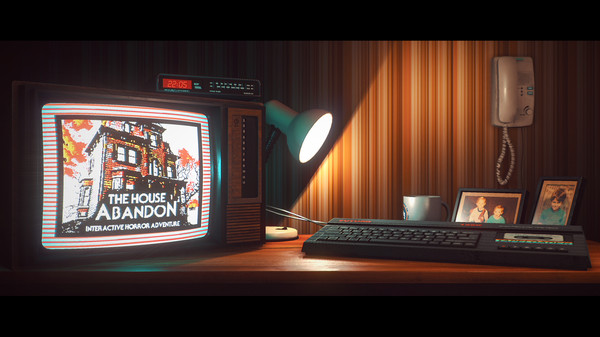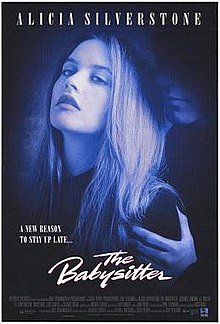Porpentine to “Porpen-twine”: An Artistic Statement
Farinsky Final Project Artist Statement
Twine is an interesting intersection of hypertext and interactive fiction. Traditionally hypertext is known for non-linear storytelling by creating highly descriptive, brief, sections of a larger story the user must explore to piece together the larger narrative. Interactive fiction generally delivers a linear story focused on exploring a space or completing any number of objectives or puzzles. Many people would classify interactive fiction as “games” because interactive fiction often includes graphic components which evolved into contemporary video games. Twine hosts many treasured works such as Porpentine’s With Those We Love Alive. Porpentine creates spaces in the style of classic interactive fiction games for the reader to explore using links like classic hypertext works. Users navigate the space by clicking on links but also must complete certain function such as “sleeping” or “breathing” to advance the story in several cases. These two ideas combine to create an incredibly immersive atmosphere and motivates the user to fully explore the piece.
For my own project I drew heavily on Porpentine’s With Those We Love Alive to make my own “Porpen-twine”. Porpentine uses links that are embedded inside the narrative text. To honor this my project has a mix of links that are embedded within the exposition, and some links that come after the narration like text-based adventure games. By using two different styles of lexia I can maintain the user’s attention because the links don’t appear in the same place each time. Additionally, placing links after the narration forces the reader to read the exposition, pause to consider the choices, and ultimately choose which link to follow. This empowers the user and stimulates emotional investment in the story, even though this project’s story is ultimately unaffected by most of these choices. Each page in my story relies on a concise narrative to continue moving the reader through the story by giving them enough information to stay informed, yet vague to keep their curiosity about what comes next.
Both hypertext and interactive fiction explore multilinear stories so in my project I decided to create two endings: a “bad ending” and a “good ending”. If the user selects the bad ending, they are transported to the beginning of the narrative and must re-trace their steps before attempting the good ending. It was my intent for the bad ending to make canonical sense so there was purpose to the multilinearity. In the lesson loops the white woman explains the warrior of the story was cursed and must un-cover their identity in order to break the curse. If the user fails, the white woman resets the warrior’s memory to prevent the curse from destroying them. If the user choses the good ending, they defeat the bad guy, reclaim their identity, and leave the temple to save the world. This creates two separate experiences that are equally valid because the user must choose the good ending to “win” and complete the content. It was important to me to include this strong linear influence because I wanted to create a piece that can be used to introduce readers to concepts of multilinear stories and hypertext in a manageable way. When exploring other great works of hypertext, it was overwhelming how vast, and complex, the narratives became. Through this project I wanted to show my understanding of genre conventions while also creating something that felt manageable to users who have never encountered multilinear, hypertext inspired works. While this work may never be as popular as Porpentine’s, I am confident my “Porpen-twine” is a fitting addition that honors the trends of the electronic literature genres I chose to explore.
View Post










